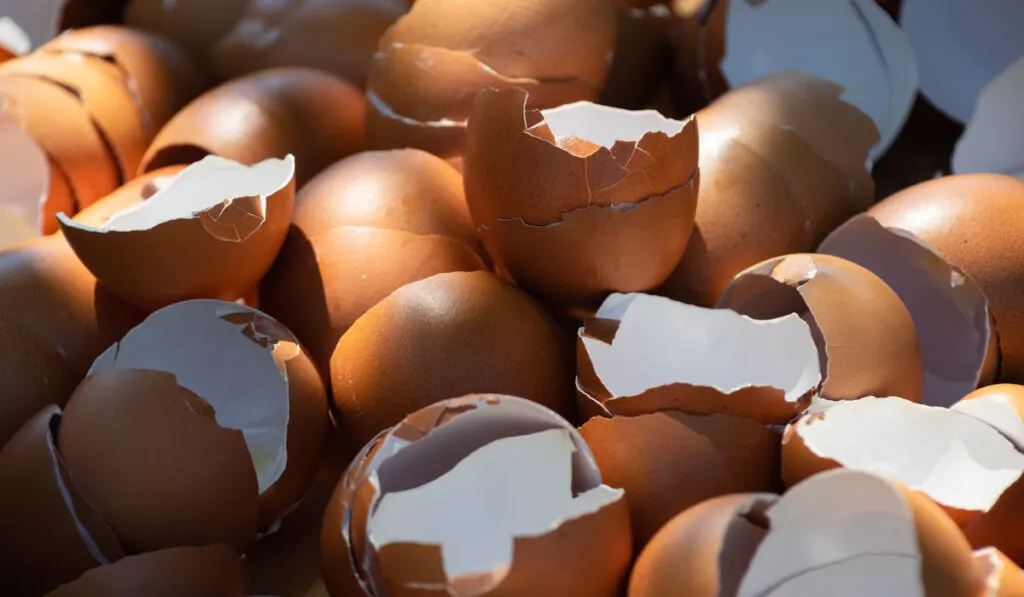The nutritional needs of Isopods are a bit more complicated than the innocuous little guys would lead you to believe. To create a healthy and thriving population of isopods in your culture, you have to be attentive to a multitude of needs.
So even though they probably won’t whine about the substrate and leaf litter you throw into their personal apartment, they might need a bit more than the bare essentials. One of the most overlooked portions of an isopod diet is calcium, which is essential for the long-term health of any isopod colony.
Many newer keepers may overlook some of the less-emphasized needs of an isopod and will often be left without answers when their colony starts to decline or even collapse entirely.
So to keep your burrowing friends from getting sick or dying, we will be covering everything you need to know about calcium for isopods!

Table of Contents
Why Do Isopods Require Calcium?
Isopods tend to naturally have a very high amount of calcium to begin with, so why do they need a steady diet of the mineral on a regular basis?
To put it as simply as possible, it keeps their shell or exoskeleton from deteriorating over time.
Their shell is made up of chitin, a calcium-rich substance that is found on all crustaceans and works a bit like armor. To keep their exoskeleton from becoming frail and brittle, isopods need a steady amount of calcium or they will begin to wither and eventually die.
Without calcium, they will stop reproducing, they will be incapable of remaining unharmed by things that would normally not injure them and they can begin to die from unsuccessful molts.
The amount of calcium an isopod will consume and needs will vary depending on which breed you own.
While some breeds will chew out the skeletal system of a carcass in a few days, others may pick at it here and there and graze at it. In nature, most isopods get their fix of calcium by chewing through the bones of deceased critters, and this can be replicated in captivity.
What Gives Calcium to Isopods?
Now that you know the dangers of leaving calcium out of your isopod culture, it is only natural to start wondering what you can give them to alleviate calcium deficiency. Thankfully there are a number of options that range from completely free but slightly time-consuming to a bit more expensive but much more easily dispensed.
So put a fresh coat of wax on your exoskeleton and settle in, because we have quite a bit to go over.
Eggshells

This is my personal favorite option simply because it finally gives a productive use to something that is otherwise trash. So after you make yourself a hearty breakfast, keep those eggshells to the side and clean them of the yolk that may be stuck to the shell, or at the very least let it dry. This will make sure that the smaller ones won’t get submerged into the substance which could prove fatal.
Some people recommend that you crush it down into tiny pieces or even blend it into a poultry powder so you can sprinkle it through the enclosure, though this isn’t required. You could just as easily put the entirety of the shell inside and they will enjoy their unexpected present just the same.
Isopods are not the type of crustacean that is going to ask their waiter to take the food back, so you don’t have to worry as much about preparation as you would with other animals.
Bone

I touched on this earlier, but you can also put bones into the enclosure for them to enjoy on occasion. This is their natural source of calcium in the wild and they are more than satisfied to work their way through it over time.
Anything from the wishbone of a turkey to the antler of an elk will serve the purpose of being a long-term calcium dispenser. Maybe put a skull in there to give off the impression that your isopods are budding thespians with a passion for Hamlet, though obtaining one may prove difficult.
Calcium Carbonate
I found this online for an average price of about six dollars, and it offers you the ability to distribute it evenly across the substrate of your culture.
If you want to mix calcium into your substrate so that no isopod is left wanting, this might be your best bet. The downside to calcium carbonate powder or tablets is that when you spray down the substrate to keep it moist, it can wash off a lot of the calcium carbonate.
Personally, this would be the one I would recommend the least due to the pricier nature of it and its inability to last as long as the other alternatives. Though if you want to blend calcium into your combination of sphagnum moss and leaf litter, it will certainly get the job done.
Cuttlebone
You may be asking why this fishbone is given its own individual category when I already mentioned bones previously. Well, it is because cuttlebone is far easier for isopods to pick at than any other bone you will find in the animal kingdom.
The downside to this bone is that it will give off a pungent fishy aroma that may be nauseating to those who don’t desire the smell of a fish market in their closet.
The upside is that isopods are huge fans of the smell and will go after it immediately, which will help ensure that they get the calcium they need to build a big, strong exoskeleton.
If you decide you want to go with cuttlebone, it’s usually in the bird section of any store with a pet aisle and will cost as little as three dollars for two of them.
Limestone
You may have serious dental reservations about biting down on limestone, but your isopods are more than happy to grind their teeth on this stuff!
Limestone comes as a whole rock but you also can get it in little balls or even powder. It won’t cost you more than five dollars for a large bag of the stuff and if you get a big rock you can watch them hollow out the inside of it over time, which is really cool!
This will also last for ages as well so you won’t have to replace it as much as something like calcium carbonate powder or a few eggshells.
Conclusion
Getting calcium into a culture is a fairly easy process and entirely worthwhile. If you have the ambition to start a colony of isopods, then you will have no problem taking a few minutes every couple of weeks to add a bit of shine to their colorful shells.
So the next time you decide to crack a few eggs for breakfast, make sure your isopods get a helping as well!
References:
- https://www.smug-bug.com/post/calcium-sources-for-isopods
- https://dartknightexotics.com/f/our-top-five-calcium-sources-for-isopods
